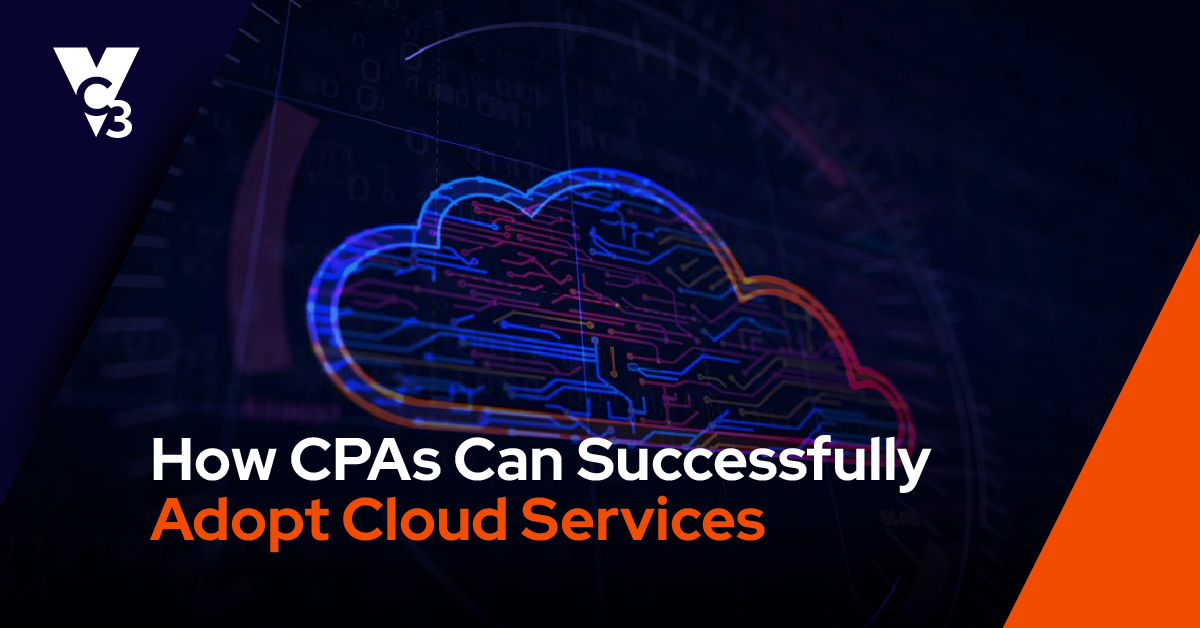Before the wide availability of cloud computing services, a definite hierarchy existed in terms of what different kinds of organizations could afford technology services.
If you worked for a large corporation, you were more likely to have access to the latest in technology. Services like enterprise-class email and shared calendaring systems were exclusive to larger organizations with an IT budget to match.
Meanwhile, non-profits, then and now, operate on limited budgets, and focus what resources they have more on programs, not administration. How often have you seen small charities that run their operations on old donated computers, using free or “light” versions of services?
Like smaller for-profit businesses, non-profits usually don’t have the cash flow or reserves for the large capital investments needed in order to put enterprise-grade servers, email services, and applications in-house.
Just as cloud computing is changing the way businesses operate, cloud computing is set to transform the non-profit sector. Like small businesses that don’t have a large IT budget, non-profits can now use cloud services to bring enterprise-level IT services to their organizations.
Cloud Services can be affordable and even free
One of the benefits of cloud computing is that it reduces and can even eliminate the need for a large upfront investment in equipment. Another benefit is that you can scale up and down very quickly to adjust to your needs. Both of these features make cloud services ideal for non-profits. Instead of your only two choices being to spend a large amount of capital on equipment powerful enough to serve you during your peak season of activity or do without, you now have a third choice of budgeting for a smaller ongoing amount, just as you would for a phone or office supplies.
Even better, a number of cloud vendors offer discounts and subsidies for their services. For one of our customers, a large local non-profit, we were able to connect them with programs that provided them with just over $29,000.00 in software licenses per year at no additional cost. Those savings translate directly into that much more money available for their programs, plus the benefit of state-of-the-art tools to get their job done faster and more effectively.
In another scenario, we were working with a non-profit looking at buying an upgraded version of Office 365 that not only included document storage, enterprise-level email services, file sharing, and a service level agreement for 99.9% uptime but also added in HD video conferencing, an individualized intranet for a branch group, anywhere workplace access including mobile, the full Office Suite, and voicemail services. Based on their size, they were looking at a yearly cost of over $75,000. With the non-profit licensing options available for Office 365, we were able to offer them these services at a yearly licensing cost of $12,000 - a savings of $63,000.
Non-Profits: The Original Anywhere Workplaces
Cost aside, by their very natures, non-profits can immediately benefit from the features of cloud computing. They were the original anywhere workplaces, meeting in people’s homes, schools and church basements, or any available office space. They often run with committees, boards, and armies of volunteers showcasing a distributed “workforce” that needs to collaborate and share information.
The ability of cloud computing to make a single “official” document available for multiple people to access anywhere, anytime means committee work reports and agenda items are suddenly much easier to distribute with the added benefit of less paper cost and less waste.
The ability to share calendars and contact information, as well as donor and financial information, also makes the work of running a non-profit that much easier.
Best practices are best practices, even when you’re small
Taking advantage of the same enterprise-grade software and services used by larger organizations means that you can adopt best practices that protect you as you juggle your seventeen hats.
Collaborative cloud services such as Office 365 include built-in features for protecting and archiving email, which many non-profits may be legally required to do. They also feature security and access controls so that you can easily give volunteers and temporary staff access to the information they need but cut off that access just as quickly when they leave.
Cloud accounting services allow your treasurer, accountant, and bookkeeper to monitor your books more easily and more often, improving your transparency and accountability.
Cloud-based CRMs (customer relationship management systems), membership databases, and e-newsletter tools are designed to meet privacy legislation requirements, helping you reduce your risks while making it easier to keep in touch with your members, volunteers, and stakeholders.
So what's the next step for my non-profit?
Whether you're a one-person organization with a handful of volunteers or a large NGO or national charity, it makes sense to explore how best to use the resources you have. Where a company would be looking at increasing profitability, you need to maximize the difference you make in your community, whatever your cause. Whatever the case, the next steps are the same…
- Take a step back and review your requirements. What are you trying to accomplish? Where are the pain points? What would you like to be able to do that you can't now?
- Do the research. Find out more about what's out there. Talk to colleagues at other non-profits.
- Attend a seminar or educational talk specifically for non-profits or on the cloud. If you can't find something local, please contact us, and we'd be happy to help.
- Get good advice. As a non-profit, you may have an expert volunteer, or you may only have an interested volunteer. Know when to look for a qualified expert opinion.
- Build partnerships. Even if it is a low-cost or no-cost solution you find, it pays to have reliable ongoing support for your technology as you continue to grow and develop as an organization.





